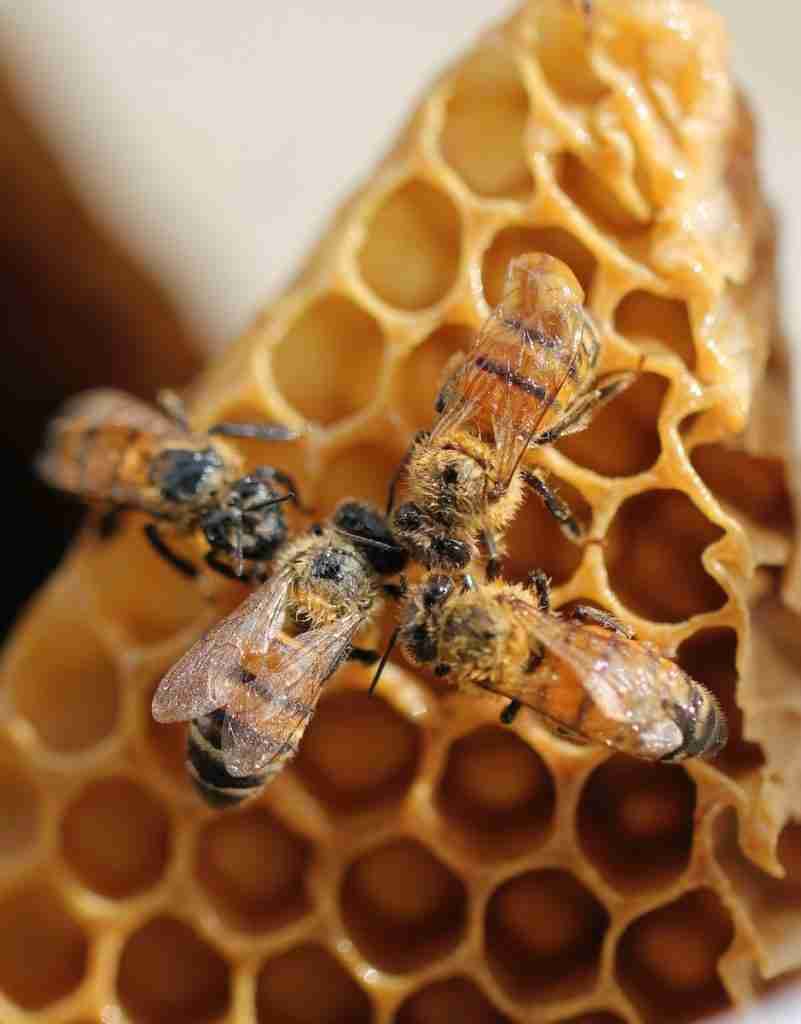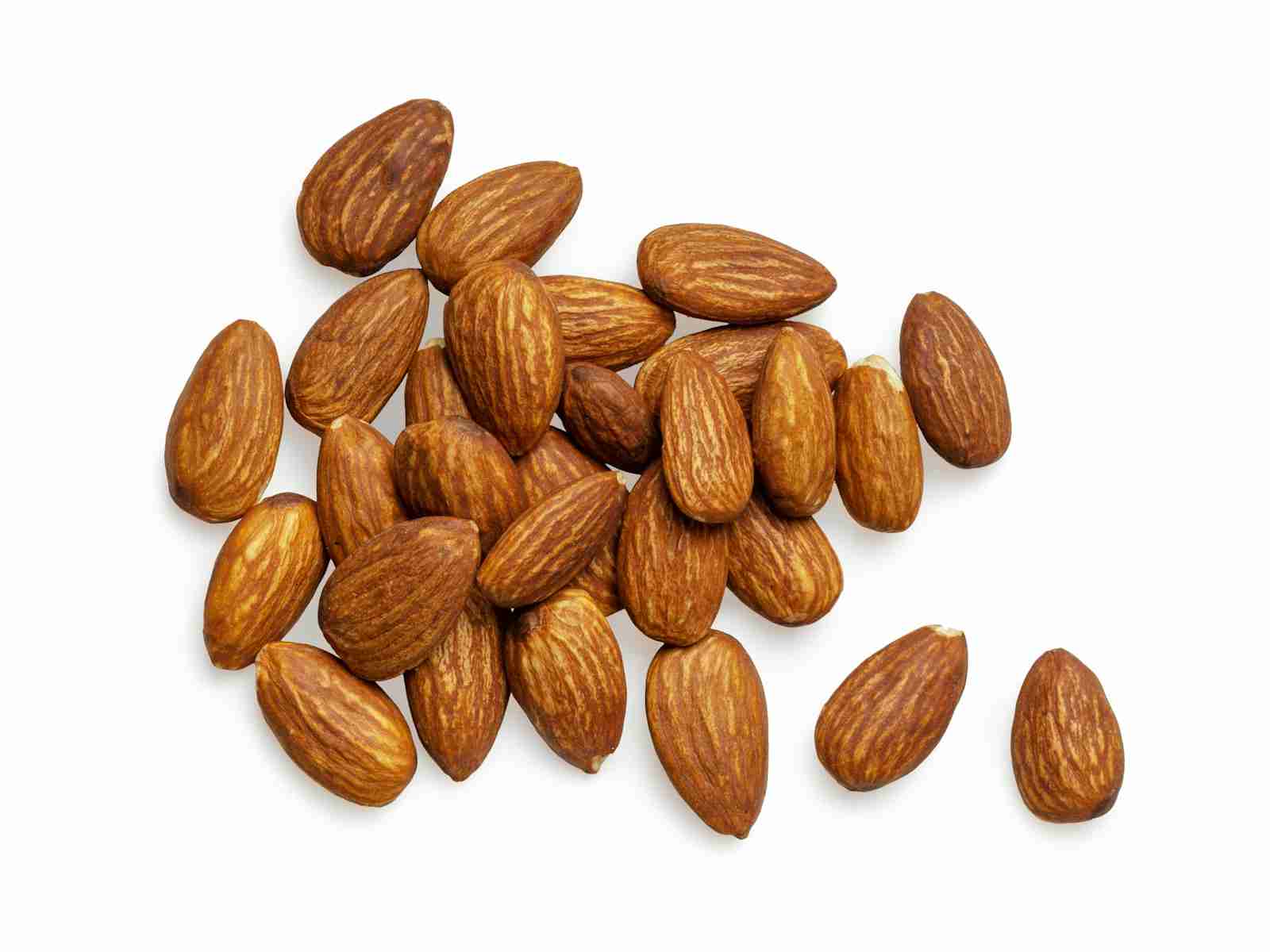26 Fun Facts About Almonds | Crunchy Chronicles
1. Almonds are not true nuts.
Botanically speaking, almonds are seeds of the fruit of the almond tree, not true nuts.
This classification places them closer to peaches and apricots.
2. Almonds are among the world’s most popular tree nuts.
Despite not being true nuts, almonds are widely consumed and highly valued globally.
They are renowned for their nutritional benefits and versatility in various cuisines.
3. California produces the majority of the world’s almonds.
Over 80% of the world’s almonds are grown in California, making it the largest almond producer.
This production plays a significant role in the state’s agriculture and economy.
4. The almond tree is a relative of the rose.

Belonging to the Rosaceae family, almond trees are related to roses, cherries, and peaches.
This family connection is evident in the almond tree’s pink and white flowers.
5. Almonds were one of the first domesticated fruit trees.
They have been cultivated for thousands of years, with origins tracing back to Central Asia.
Their domestication is integral to the history of agriculture.
6. Almonds have two main types: sweet and bitter.
Sweet almonds are edible and commonly eaten, while bitter almonds are used in oils and flavorings.
Bitter almonds contain cyanide and must be processed before consumption.
7. Almonds are a rich source of vitamin E.
They are one of the best natural sources of vitamin E, providing several health benefits.
Vitamin E is crucial for skin health and has antioxidant properties.
8. Almonds can help lower cholesterol levels.
Regular consumption of almonds has been linked to reductions in LDL cholesterol, benefiting heart health.
This effect is attributed to their high content of healthy fats and fiber.
9. What does an almond tree look like?
Almond trees are medium-sized, deciduous trees with a spreading canopy.
They have lance-shaped leaves and produce attractive pink or white flowers, which later develop into almonds.
10. Almonds are high in protein and fiber which is one of interesting fun facts about almonds.
They are an excellent source of plant-based protein and dietary fiber, making them a nutritious snack choice.
This nutrient profile supports muscle health and digestive well-being.
11. Almonds are used in traditional medicine.
In various cultures, almonds have been used for their medicinal properties, especially in Ayurveda and Chinese medicine.
They are believed to have benefits for brain health, digestion, and more.
12. The almond tree blooms early in spring.

It is among the first trees to flower each year, often signaling the arrival of spring.
The blossoms of almond trees are known for their beauty and fragrance.
13. Almond trees can live for over 50 years.
An almond tree can produce nuts for decades, contributing to sustainable nut production.
This longevity makes them valuable assets in orchards and agricultural systems
14. The United States is the largest consumer of almonds.
Despite being the largest producer, the U.S is also the largest consumer of almonds.
This consumption reflects their popularity in American diets and cuisines.
15. Almonds can be processed into various products.
They are versatile, being used to make almond milk, oil, butter, flour, and more.
This versatility makes them a staple in many kitchens and recipes.
16. Almonds need bees for pollination.

Almond trees are highly dependent on bees for pollination and fruit production.
This relationship highlights the importance of bees in agricultural ecosystems.
17. Almond blossoms inspired Vincent van Gogh.
One of Van Gogh’s famous paintings, “Almond Blossoms,” was inspired by the beauty of almond trees in bloom.
This artwork captures the delicate nature of the blossoms and their significance in art.
18. Almonds require a lot of water to grow.
Almond cultivation is water-intensive, requiring more water than many other fruits and nuts.
This aspect has implications for water use and sustainability in agriculture.
19. Almonds were carried on the Silk Road.
They were among the goods traded along the Silk Road, spreading their popularity across continents.
This trade played a role in their global distribution and culinary integration.
20. Almonds have been linked to improved brain health.
Their nutrient composition, including healthy fats and vitamin E, is believed to support cognitive function.
This has made them a popular food in diets aimed at boosting brain health.
21. Almonds have a long shelf life.
When stored properly, almonds can maintain their quality for an extended period, making them a convenient pantry staple.
This shelf life is due to their low moisture content and protective shell.
22. Almonds can aid in weight management.
Due to their high protein and fiber content, almonds can promote a feeling of fullness, aiding in weight control.
This makes them a popular choice in various diets and health plans.
23. Almond oil is beneficial for skin and hair.
Rich in nutrients, almond oil is widely used in cosmetics for its moisturizing and nourishing properties.
It is a common ingredient in skincare and haircare products.
24. Spain is known for its marzipan made from almonds.

Spanish marzipan, a sweet almond paste, is a traditional delicacy, especially during Christmas.
This confectionery showcases the cultural significance of almonds in Spanish cuisine.
25. Almonds can improve gut health.
Their fiber content promotes healthy digestion and can positively affect gut bacteria.
This benefit is essential for overall health and well-being.
26. The almond industry supports numerous jobs.
The cultivation, processing, and distribution of almonds provide employment opportunities in various sectors.
This industry is a significant contributor to economies, especially in major producing regions.
FAQs
Yes, almonds grow on trees. The almond tree (Prunus dulcis) produces fruits known as drupes, and the seed inside the drupe is the almond nut that we commonly consume.
Almonds are edible seeds obtained from the fruit of the almond tree. They are widely consumed as a nutritious snack, used in cooking, or processed into various almond-based products.
Almonds grow by the pollination of almond tree flowers. After pollination, the flowers develop into drupes that contain the almond seed. Once mature, the drupes split, revealing the almond inside.
Almonds offer numerous health benefits, including being a rich source of healthy fats, protein, vitamins, and minerals. They may contribute to heart health, support weight management, and provide energy.
Almonds have various benefits, such as promoting heart health, aiding in weight management, and providing antioxidants. They are also a good source of vitamin E, magnesium, and fiber.







